Cooking on an electric stove might seem straightforward, but it comes with its own quirks that can trip up even seasoned home cooks. From slow-to-respond burners to lingering residual heat, electric stoves require a slightly different approach than gas ranges. Unfortunately, many people don’t realize they’re making small yet impactful mistakes that lead to uneven results, wasted energy, or even safety hazards. Whether you’re new to electric cooking or have been using it for years, recognizing these overlooked errors can make all the difference. Here are 10 common mistakes most people overlook when cooking on an electric stove—and how to avoid them.
1. Skipping Preheating
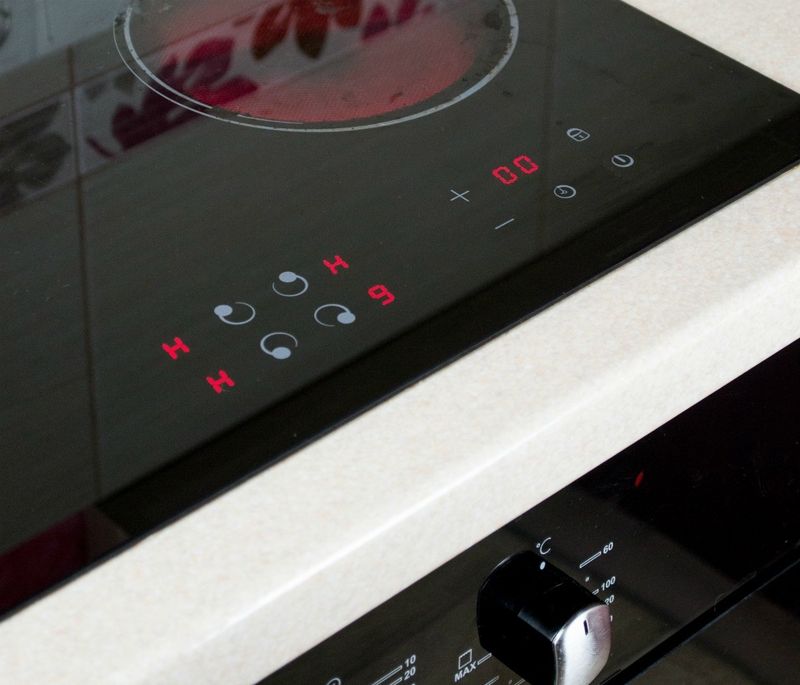
Many cooks jump the gun by tossing food into a cold pan, expecting immediate results. But electric burners take time to reach the right temperature, unlike gas stoves. Cooking on an unheated surface leads to uneven browning, sticking, and disappointing textures.
Preheating allows your cookware to evenly distribute heat before ingredients hit the pan, helping everything from meats to veggies cook more consistently. It’s especially important for searing and sautéing, where initial contact with high heat makes all the difference. Take a moment to let the burner warm up—your dish will thank you for the patience.
2. Using the Wrong Cookware
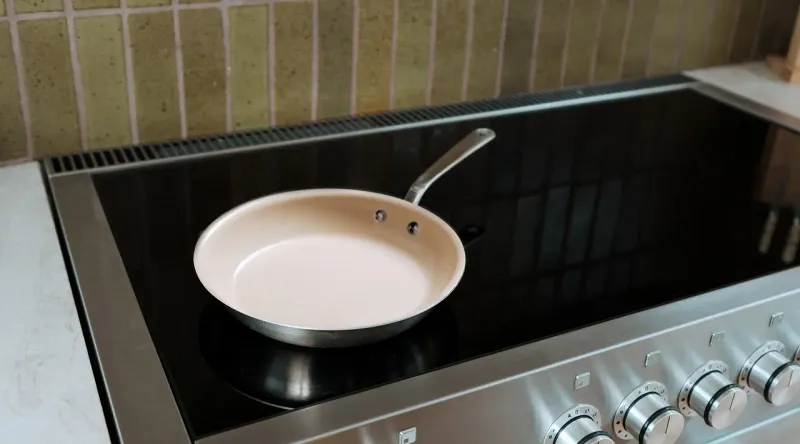
It’s easy to assume all pots and pans are created equal, but electric stoves demand flat, heavy-bottomed cookware for peak performance. Uneven or warped pans won’t sit flush with the burner, creating hot and cold spots that sabotage your meal. Thin pans also heat inconsistently, causing some areas to scorch while others remain undercooked. Opt for cookware with a flat, solid base to ensure full contact with the heating element. Stainless steel and cast iron are often excellent choices. Investing in the right tools may seem small, but it makes a big impact on your everyday cooking results.
3. Overcrowding the Pan
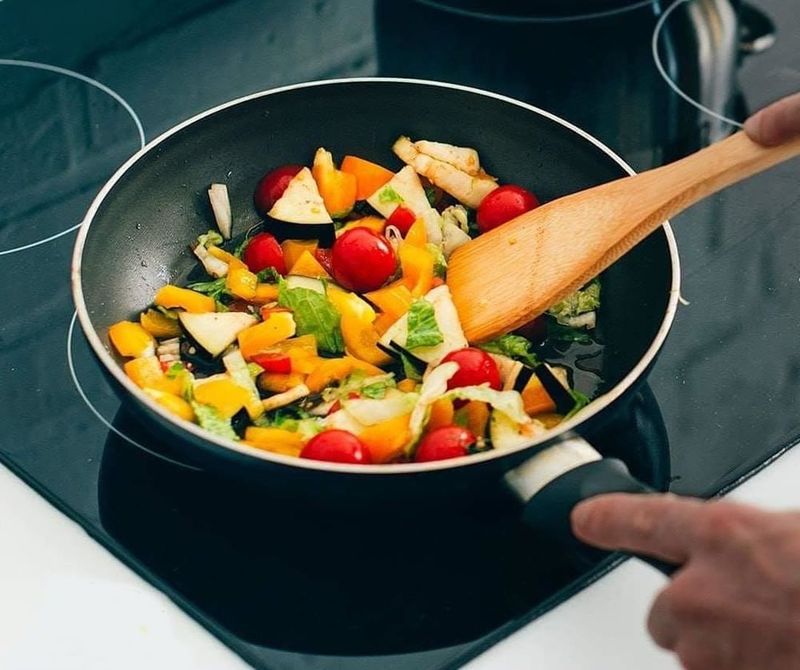
Stuffing a pan to the brim may seem efficient, but it’s a fast track to soggy, unevenly cooked food. When too many ingredients are added at once, the temperature drops, and instead of searing or frying, the food starts steaming. This leads to mushy textures and lost flavor.
Electric burners already take longer to recover lost heat, compounding the problem. The solution? Give your ingredients space to breathe. Cook in batches if needed, allowing the surface to maintain consistent heat and properly caramelize each item. It’s a small adjustment that brings out deeper, richer flavor in every bite.
4. Ignoring Residual Heat
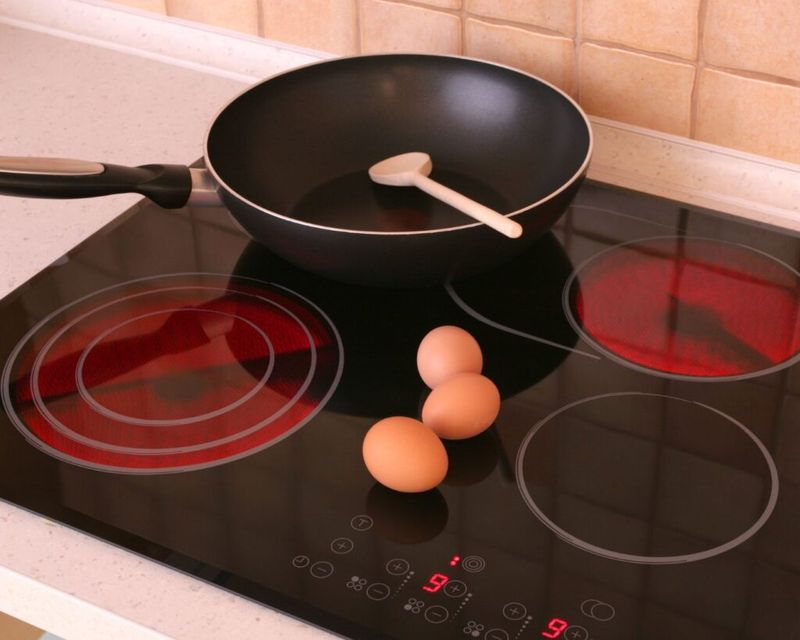
What many overlook is how long electric burners stay hot after being turned off. Unlike gas flames that disappear instantly, electric coils retain heat and continue to cook food even after you’ve shut them down. This can be a blessing or a curse depending on how you manage it. If you don’t account for this lingering warmth, you risk burning or drying out delicate dishes. On the flip side, it’s useful for gently finishing cooking or keeping food warm. Plan ahead and consider turning off the burner just before your dish is done to harness this extra heat.
5. Adjusting Heat Too Quickly
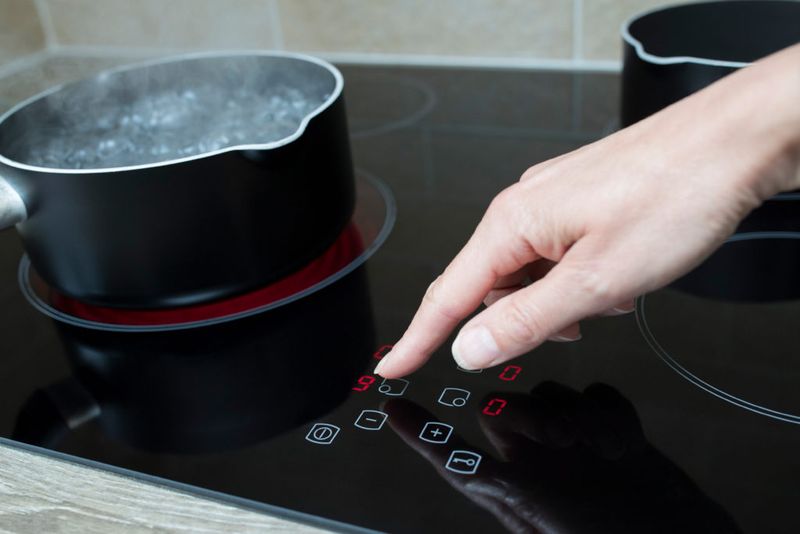
Making rapid heat changes on an electric stove is rarely effective. Unlike gas stoves, where flames adjust instantly, electric coils take time to respond. This delay can frustrate home cooks trying to correct a dish mid-cook.
Reacting too quickly often results in burning or undercooking because the heat doesn’t follow your commands on cue. Instead, practice anticipating your temperature needs and adjusting gradually. For quick cool-downs, move the pan to a different burner rather than waiting. Understanding the lag time in temperature shifts will give you more control and consistency in your cooking outcomes.
6. Neglecting to Clean Spills Promptly
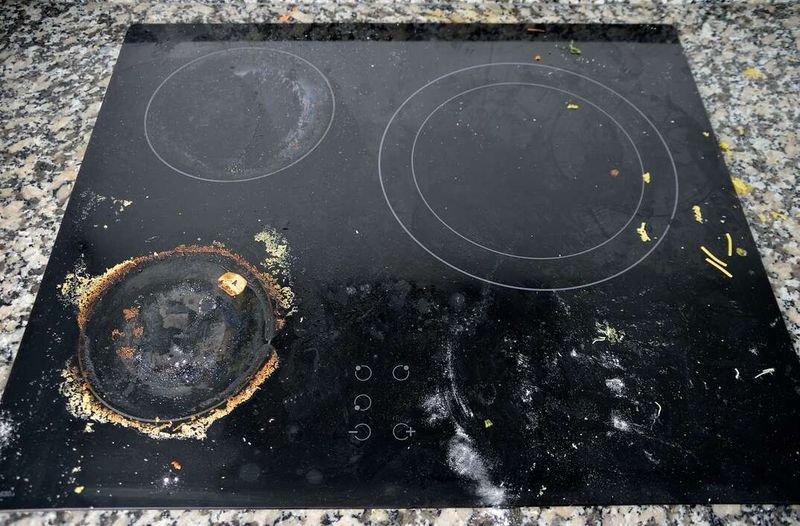
Letting spills linger might not seem like a big deal, but it can turn your stovetop into a stubborn mess. Once food remnants burn onto an electric coil or smooth surface, they become tough to remove and may interfere with even heating. Burnt residue can also produce unpleasant smells and smoke the next time you cook. Regular, prompt cleaning after the stove cools not only preserves its appearance but also maintains performance. Keeping a cloth or sponge handy while cooking makes it easier to wipe up messes before they harden into baked-on disasters.
7. Using the Wrong Burner Size
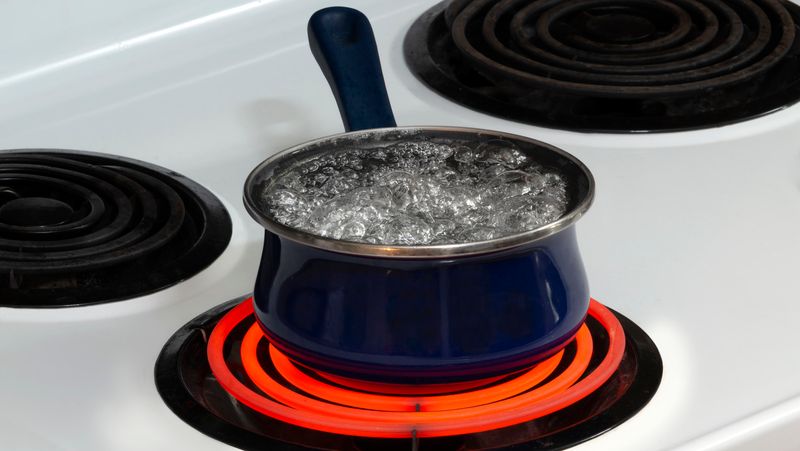
Reaching for the first available burner regardless of pan size seems harmless, but it can significantly affect cooking efficiency. A pan that’s too large for the burner won’t heat evenly, while a small pan on a large burner wastes energy.
This mismatch leads to uneven results—overcooked centers, undercooked edges, or prolonged cooking times. Take a moment to pair your cookware with the burner that best fits its diameter. Many electric stoves have dual-size or expandable elements—use them to your advantage. A simple alignment adjustment ensures better temperature control and more predictable results with every dish.
8. Cooking with Wet Cookware
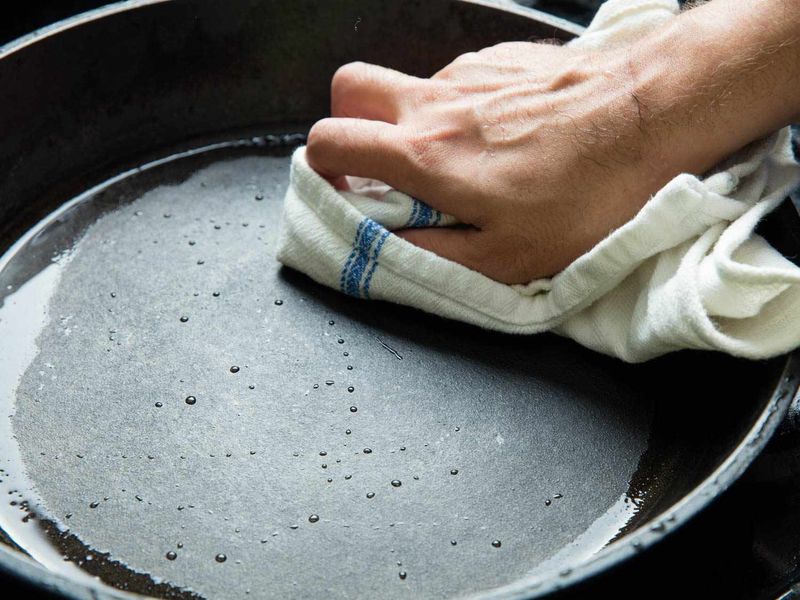
Setting a damp pan directly on an electric burner may seem like a minor issue, but it introduces excess steam that interferes with proper heating. The moisture can also cause the cookware to warp over time and damage the burner surface. Before cooking, make sure your pots and pans are completely dry—even a few lingering droplets can throw off your technique. This is especially important when sautéing or searing, where dry heat is essential. A quick towel-off can prevent inconsistent results and extend the lifespan of both your stovetop and your favorite cookware.
9. Leaving the Stove Unattended
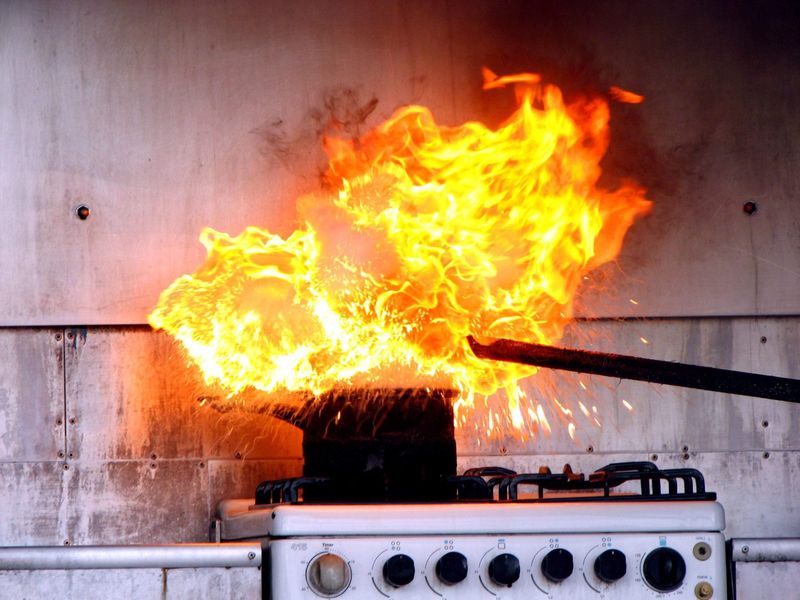
It might be tempting to step away for just a minute, but walking off while an electric stove is running is a gamble. Without a visible flame, it’s easy to forget how much heat is still being produced. Liquids can boil over, oils can ignite, or food can burn in your absence.
Even if you’re just simmering soup, stay within earshot and check regularly. Electric burners don’t offer the immediate feedback of gas, so minor problems can escalate quickly. A bit of attentiveness ensures both safety and perfectly timed meals, whether you’re frying, simmering, or boiling.
10. Misjudging the Stovetop’s Strengths
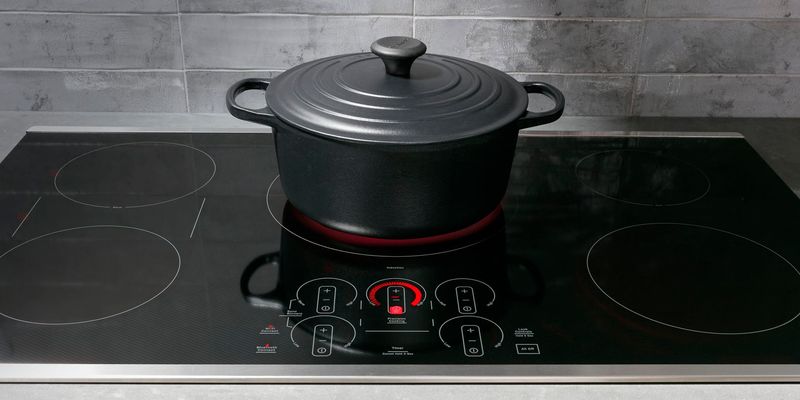
Electric stoves get a bad rap, but they have unique advantages—if you know how to use them. Many cooks expect instant changes in heat and gas-level responsiveness, leading to frustration or subpar meals. But electric ranges shine in even, steady heat and are great for slow simmers, consistent pan-frying, and tasks that benefit from uniform warmth. Misjudging what the stovetop does best means missing out on its full potential. Rather than fighting its nature, learn to play to its strengths. Understanding your appliance’s rhythm turns it from a challenge into a dependable kitchen ally.
Leave a comment